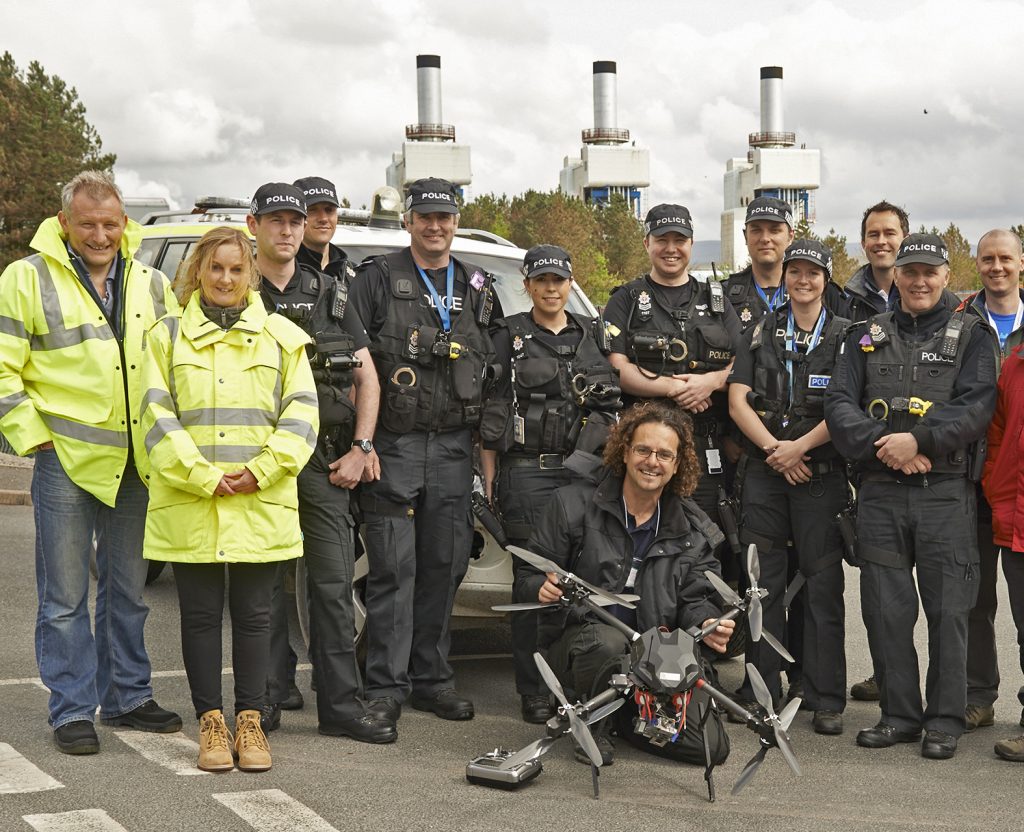
John Fardoulis is the director of Mobility Robotics Pty Ltd in Australia and the director of Fardoulis Robotics Ltd in the United Kingdom. With offices in the UK, Greece and Australia, deployment is possible across Europe, the Middle East, North Africa and Asia Pacific regions.
With a proven track record in academia and as a commercial drone service provider, value can be added at all levels of unmanned aerial system (UAS) operations. Previous work has ranged from: programme design through to; collaboration building, writing procedures, research design, equipment selection, software selection and data processing, to implementing field campaigns.
John has over nine years of experience in UAS design and flight ops, being responsible for fieldwork in countries such as Chad, Australia, Japan, Germany, France, the United Kingdom, Greece and Kosovo.
His speciality is outdoor robotics, primarily multirotor Unmanned Aerial Systems (UAS) for mapping, environmental monitoring and surveying, often in hazardous environments.
Projects completed include extensive work in Chad as the UAS lead for the Odyssey 2025 Project with Humanity and Inclusion from October 2018 until March 2020.


Prior to that, work on a comprehensive feasibility study regarding robotics and remote-sensing for humanitarian mine action took place in Cambodia during most of 2018 together with RAL Space and Cranfield University in the United Kingdom.
He was the lead contractor for a number of UAS projects at the University of Bristol in the UK. John has a wide network of aerospace engineering, environmental monitoring, archaeology and remote sensing colleagues that can assist with potentially any Unmanned Aerial System (UAS) project.
Work during his 2016 and 2017 contract at the University of Bristol has been to define how unmanned aerial systems can help in humanitarian (land)mine action (HMA), and for the survey of areas conaminated by explosive remnants of war (ERW), plus conduct more advanced sensor testing, to determine how hyperspectral and thermal imaging might benefit the sector. Funding for the project was provided by Sir Bobby Charlton’s Find a Better Way landmine charity.
He was previously contracted by the University of Bristol during 2013 and 2014 as the UAS lead in developing an unmanned aerial system for radiation mapping. He was responsible for all UAS operations, from; design, construction, flight testing, system integration, mission planning, piloting & flight ops.
This included fieldwork in the United Kingdom at a retired uranium mine in Cornwall and airborne radiation mapping on the Sellafield nuclear waste reprocessing site in Cumbria.

Compliance and Civil Aviation Authority (CAA) liaison were his responsibilities, to gain exemptions to fly UAS in restricted airspace at Sellafield, Aldermaston and other restricted nuclear zones in the UK. Perhaps still the only person to have flown a UAS on both Sellafield and Aldermaston nuclear sites.
He has CAA Permission for Aerial Work in both 0-7kg and 7-20kg multirotor categories.
He was also responsible for the UAS system, piloting and flight ops during airborne radiation mapping fieldwork that took place in the Kawamata region in Japan in May 2014, taking radiation measurements near where the Fukushima Daiichi nuclear disaster took place.
Aerial archaeology services have also been provided for a number of projects in Greece since 2012, such as the Australian Paliochora-Kythera Archaeological Survey (APKAS) project which is closely tied to Sydney University and the Return to Antikythera project, which was a collaboration between the Hellenic Ministry of Culture and Sports, Lund University and ARGO NGO.